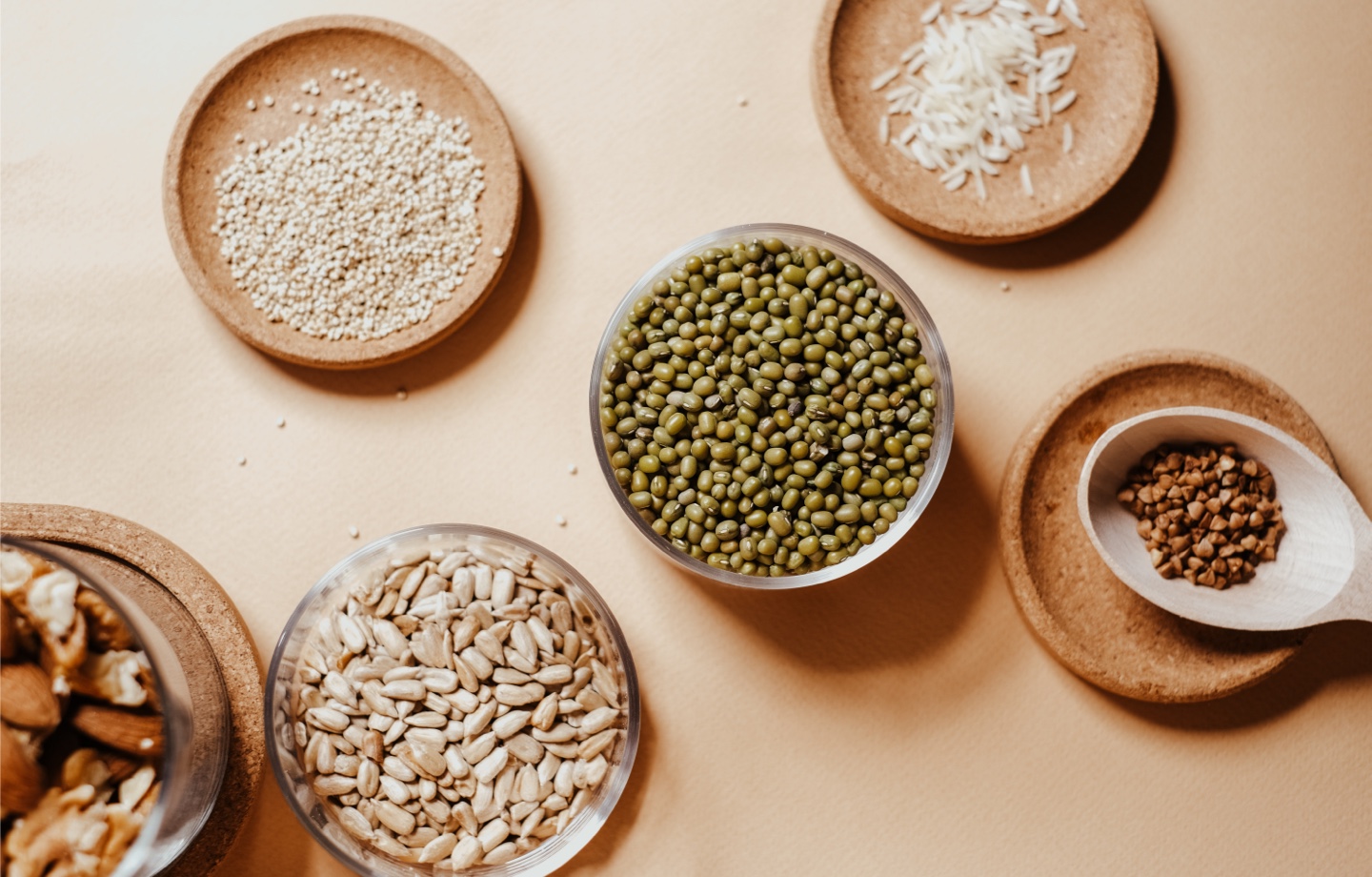Consuming foods high in magnesium can help you relax and drift off more easily. Here are four of our favorite magnesium-rich foods for better sleep.
If you know the struggle of getting a good night’s rest, then you’re likely also familiar with the many antidotes — like taking a hot bath before bed, improving your sleep hygiene, and, if all else fails, popping a couple melatonin gummies. But did you know you can set yourself up for a solid slumber starting with breakfast?
Turns out, what you eat plays a major role in achieving better sleep. Eating meals rich in magnesium — a mineral that aids in sleep — throughout the day helps your body relax, setting you up for a more restful night, says Karolin Saweres, a registered dietitian nutritionist and owner of My Nutrition & Me.
Most people are able to get enough of the essential mineral through meals, says Saweres, so there’s no need to add the supplement to your rotation or introduce another pre-bedtime ritual. Simply focus on eating magnesium-rich foods.
When it comes to how much magnesium you need for healthy sleep, men 19 years and older should consume between 400 and 420 milligrams of magnesium per day, while women in the same age range should consume between 310 to 320 milligrams a day, says Saweres. However, women who are pregnant or breastfeeding may require more.
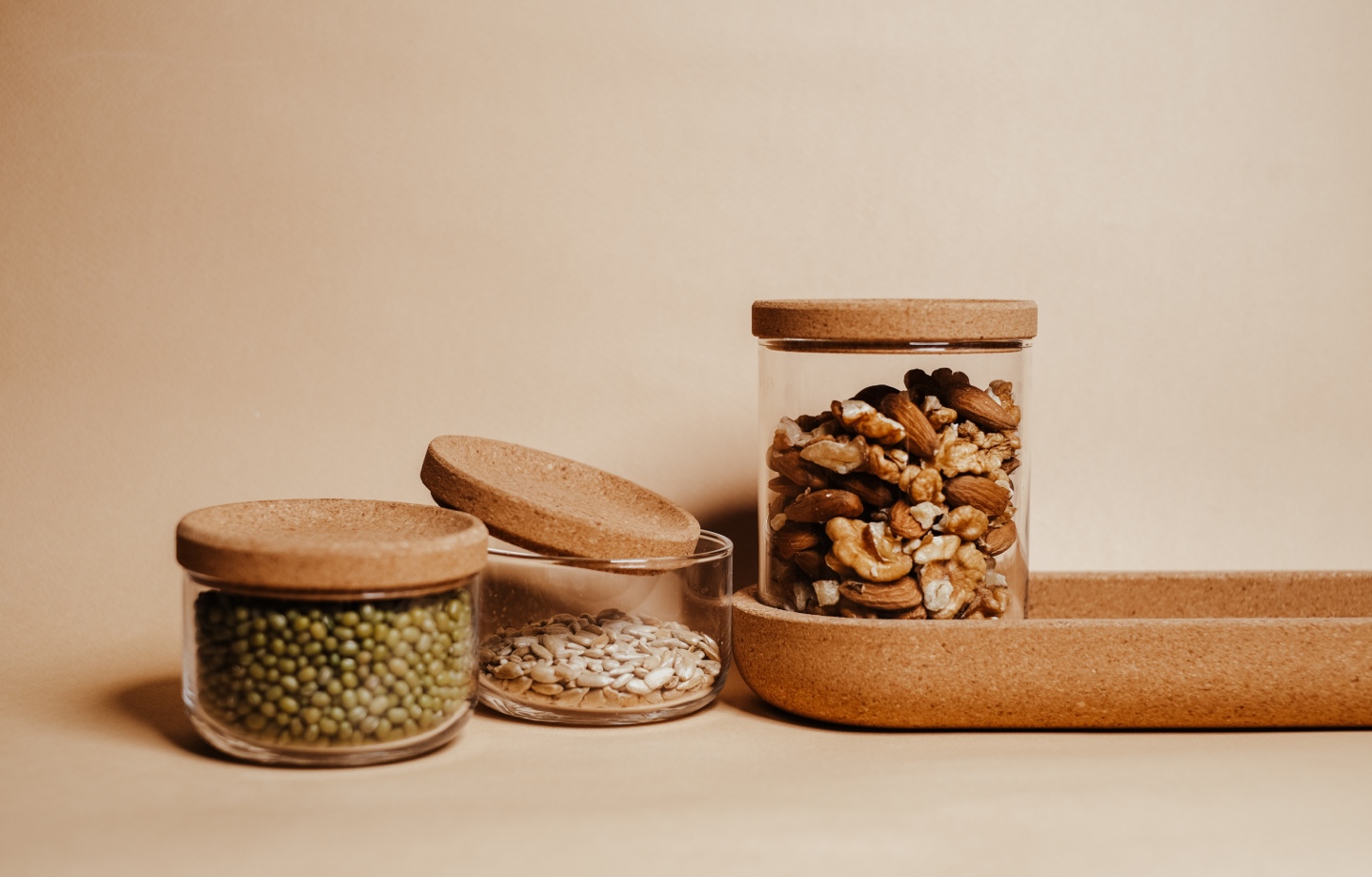
That said, Saweres notes you shouldn’t expect magnesium to act like a magic pill. It won’t induce slumber. “It doesn’t really help you to go to sleep like melatonin,” she says. “Magnesium just relaxes you and helps you sleep longer.”
Still, for those who want a hormone-free way to achieve healthier sleep, magnesium might be the answer. By pairing a sleep-ready diet with proper sleep hygiene and an electronic-free wind down, you’ll be on your way to a more restful night. To get you started, we chatted with Saweres to understand which foods pack the most magnesium. Here are four magnesium-rich foods for better shuteye.
Read more: The 5 Best Foods For Brain Health
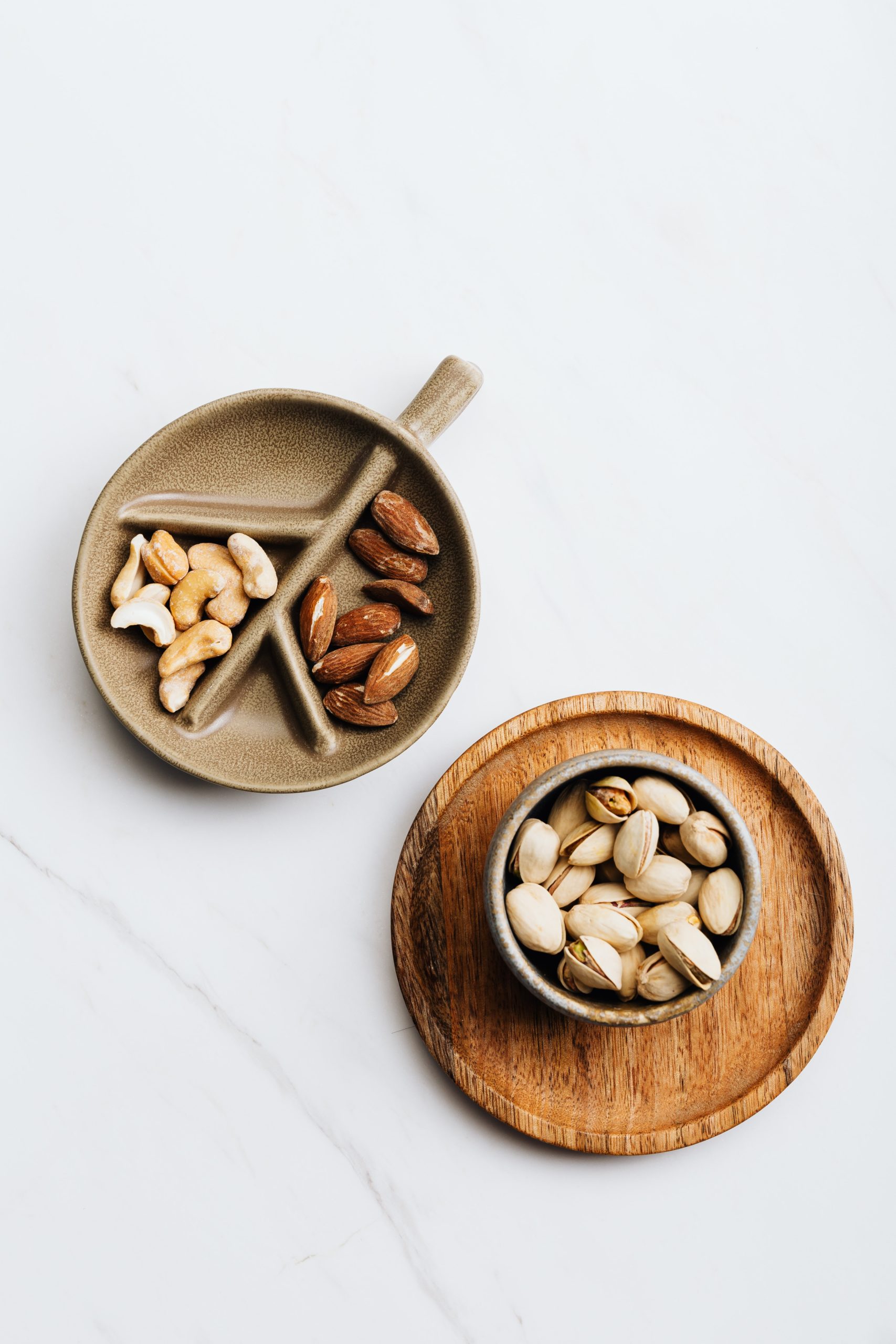 The next time you’re craving a salty, protein-packed snack, reach for a handful of nuts, which are generally high in magnesium. Cashews and almonds typically contain the most per serving, says Saweres. For instance, a one-ounce serving of cashews or almonds — or roughly two small handfuls — contains about 75 milligrams of magnesium, or 24 percent of a woman’s daily requirement (and about 18 percent of a man’s). The simple and healthy snack is a delicious way to add a bit of magnesium to your diet.
The next time you’re craving a salty, protein-packed snack, reach for a handful of nuts, which are generally high in magnesium. Cashews and almonds typically contain the most per serving, says Saweres. For instance, a one-ounce serving of cashews or almonds — or roughly two small handfuls — contains about 75 milligrams of magnesium, or 24 percent of a woman’s daily requirement (and about 18 percent of a man’s). The simple and healthy snack is a delicious way to add a bit of magnesium to your diet.
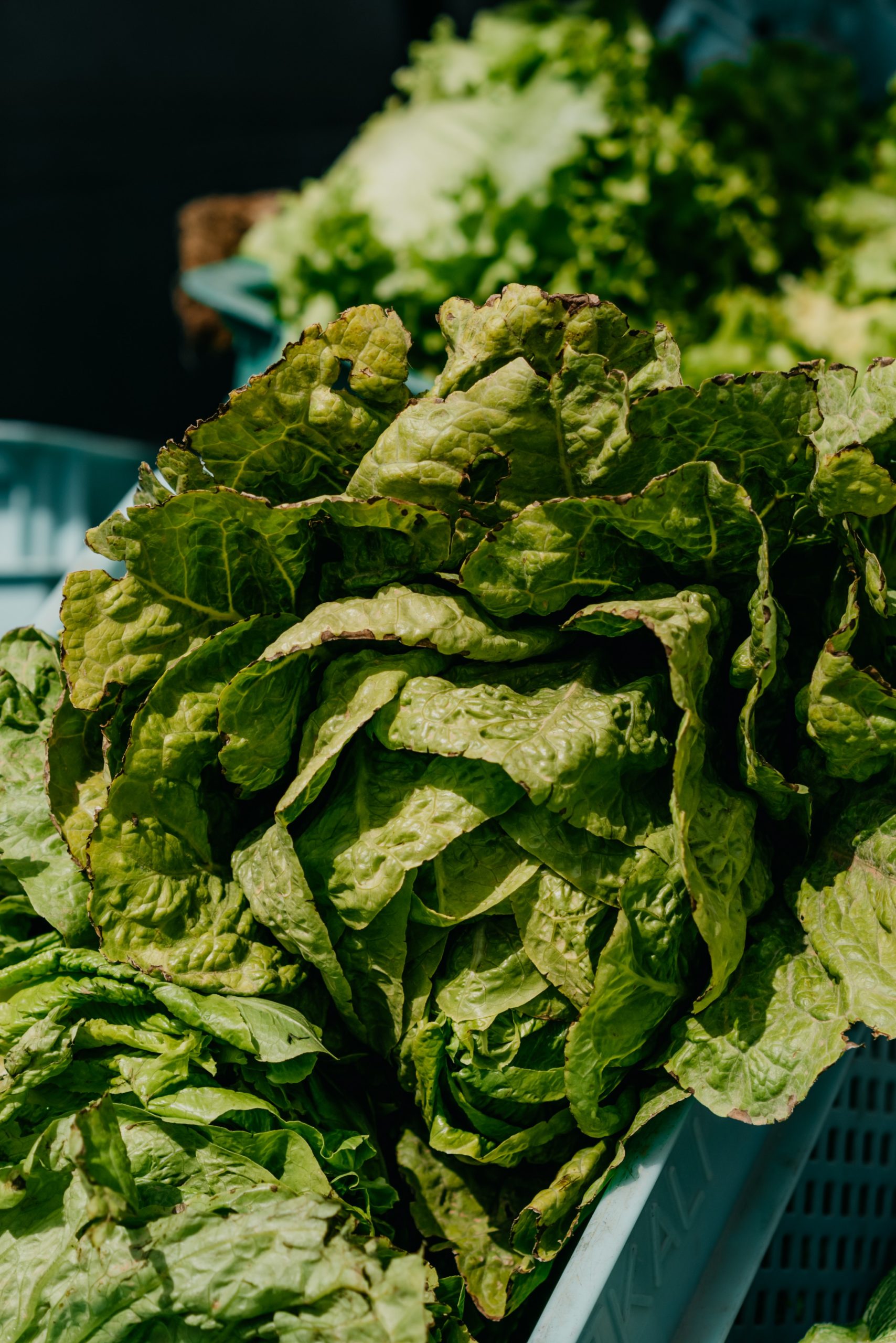 You really can’t go wrong with these vitamin- and mineral-packed veggies. So, it’s little surprise that one of the minerals leafy greens are rich in is magnesium. Saweres suggests opting for spinach or swiss chard — one cup of either contains more than 25 percent of your daily dose of magnesium. Plus, these greens are full of free radical-fighting antioxidants. Not a fan of the taste? Mask their bitterness by adding greens to your morning smoothie. Or, sauté them on the stove and flavor them with your favorite seasonings.
You really can’t go wrong with these vitamin- and mineral-packed veggies. So, it’s little surprise that one of the minerals leafy greens are rich in is magnesium. Saweres suggests opting for spinach or swiss chard — one cup of either contains more than 25 percent of your daily dose of magnesium. Plus, these greens are full of free radical-fighting antioxidants. Not a fan of the taste? Mask their bitterness by adding greens to your morning smoothie. Or, sauté them on the stove and flavor them with your favorite seasonings.
Read more: 7 Essential Antioxidant-Rich Foods
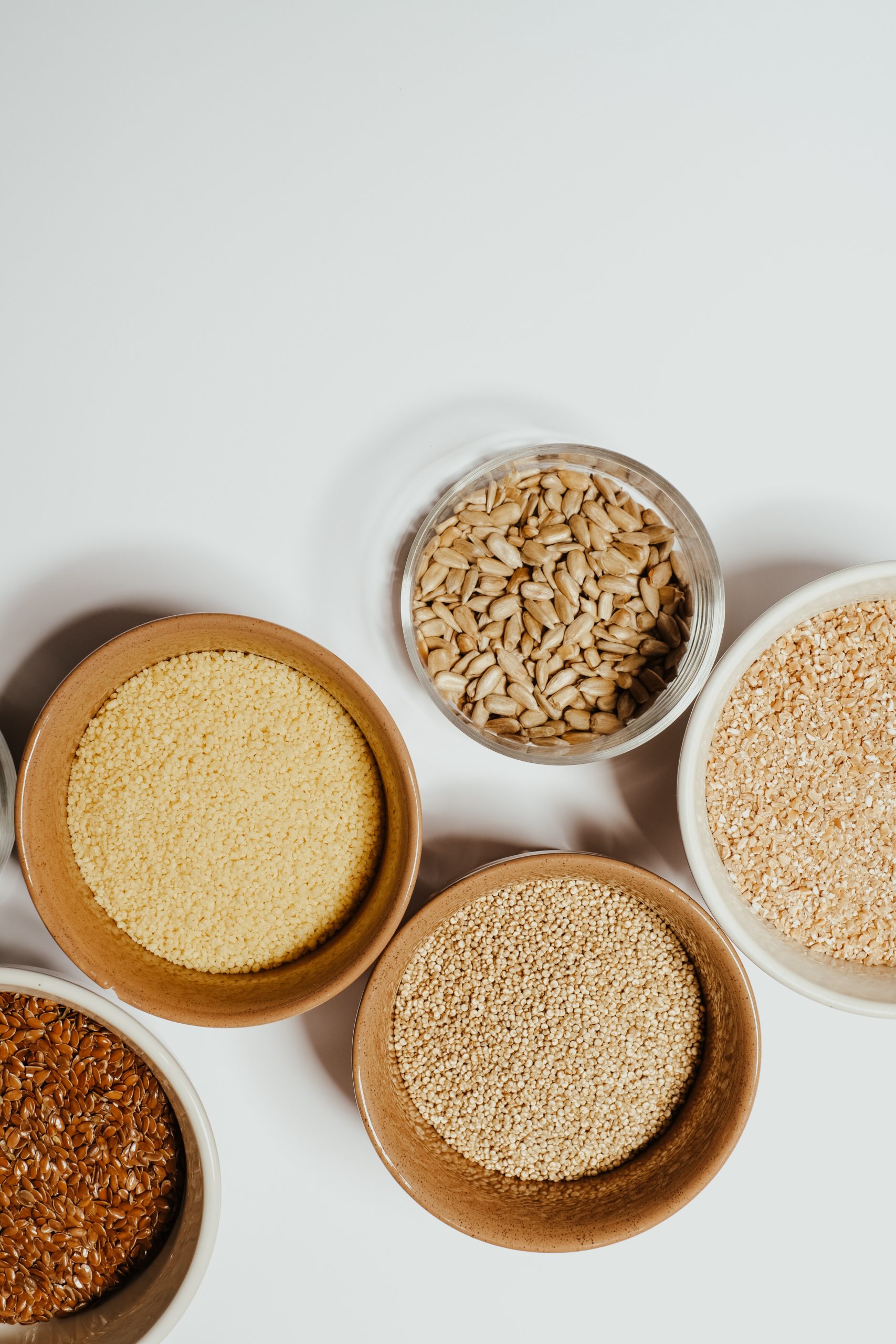 Perhaps the easiest way to sneak magnesium to your diet is by consuming seeds. These mineral-rich snacks can be added to nearly anything — a smoothie for a hit of nutrients or on top of yogurt for a bit of crunch. Saweres recommends choosing chia seeds, flax seeds, or pumpkin seeds. A quarter cup of any of these seeds contains more than half a woman’s daily requirement and about 40 percent of a man’s.
Perhaps the easiest way to sneak magnesium to your diet is by consuming seeds. These mineral-rich snacks can be added to nearly anything — a smoothie for a hit of nutrients or on top of yogurt for a bit of crunch. Saweres recommends choosing chia seeds, flax seeds, or pumpkin seeds. A quarter cup of any of these seeds contains more than half a woman’s daily requirement and about 40 percent of a man’s.
Chia seeds have a mild nutty flavor and can be used to make overnight oats or even be added to your water. Flax seeds are virtually tasteless and are perfect for sprinkling on top of almond or peanut butter toast. Pumpkin seeds, meanwhile, are a deliciously salty snack that are great on their own.
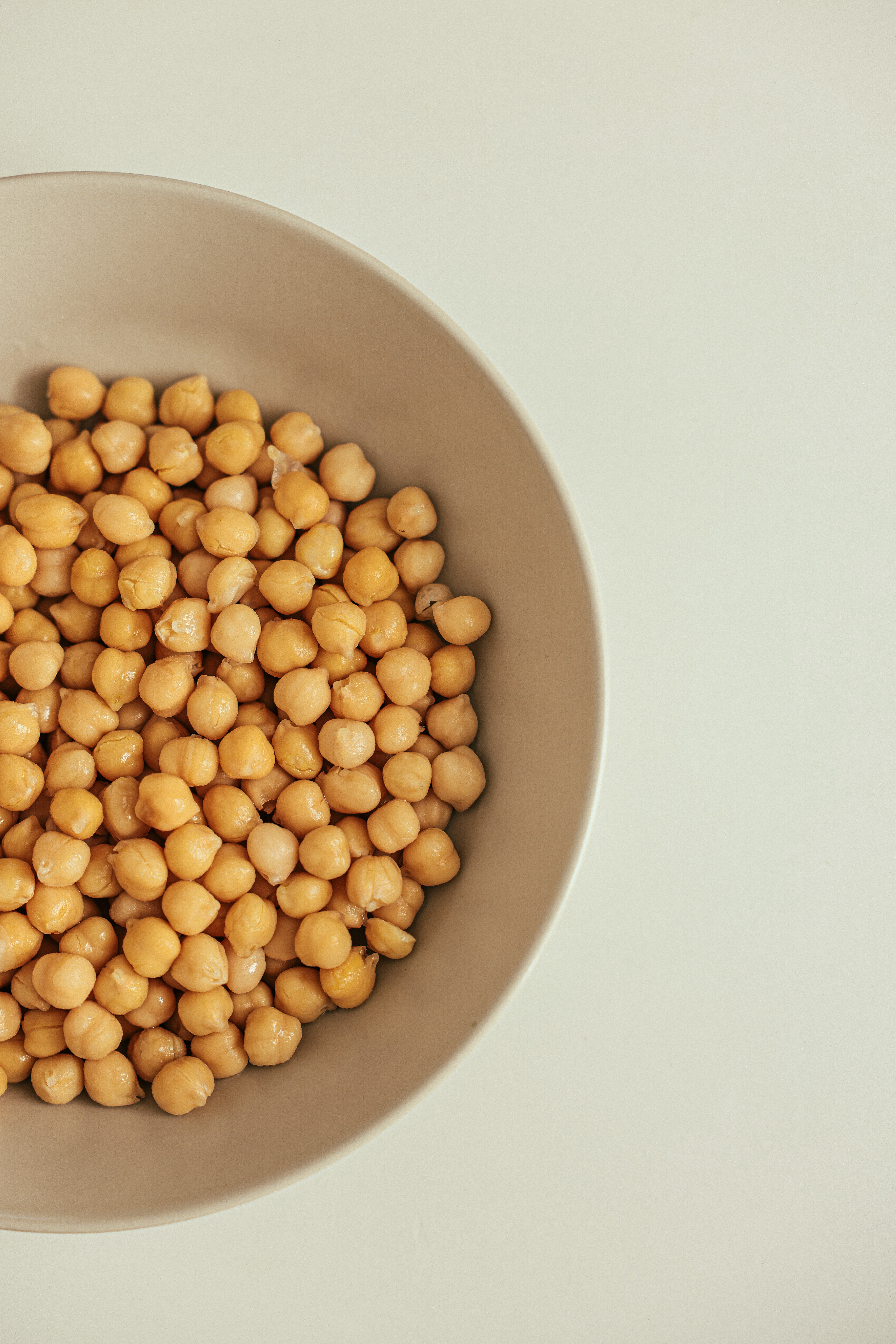 Peas, lentils, peanuts, black beans, chickpeas — these are all tasty legumes that are a cinch to add to weekly meals. So which pack the most of the sleepy-time mineral? Lentils and black beans are top contenders, providing 18 percent and 30 percent of your daily value, respectively. To incorporate more legumes into your diet, throw them in with meals you already know and love. For instance, add a spoon or two of black beans in your dinner tacos. Enjoy a grain bowl for lunch? Layer in the beans or lentils. Legumes are a great way to add new flavors to your plate while enhancing both meal time and bedtime.
Peas, lentils, peanuts, black beans, chickpeas — these are all tasty legumes that are a cinch to add to weekly meals. So which pack the most of the sleepy-time mineral? Lentils and black beans are top contenders, providing 18 percent and 30 percent of your daily value, respectively. To incorporate more legumes into your diet, throw them in with meals you already know and love. For instance, add a spoon or two of black beans in your dinner tacos. Enjoy a grain bowl for lunch? Layer in the beans or lentils. Legumes are a great way to add new flavors to your plate while enhancing both meal time and bedtime.
Read more: Why Quality Olive Oil Matters
Have feedback on our story? Email [email protected] to let us know what you think!

Shop Pillows
The Essential Organic Pillow Collection
Gentle, breathable, non-toxic support.




